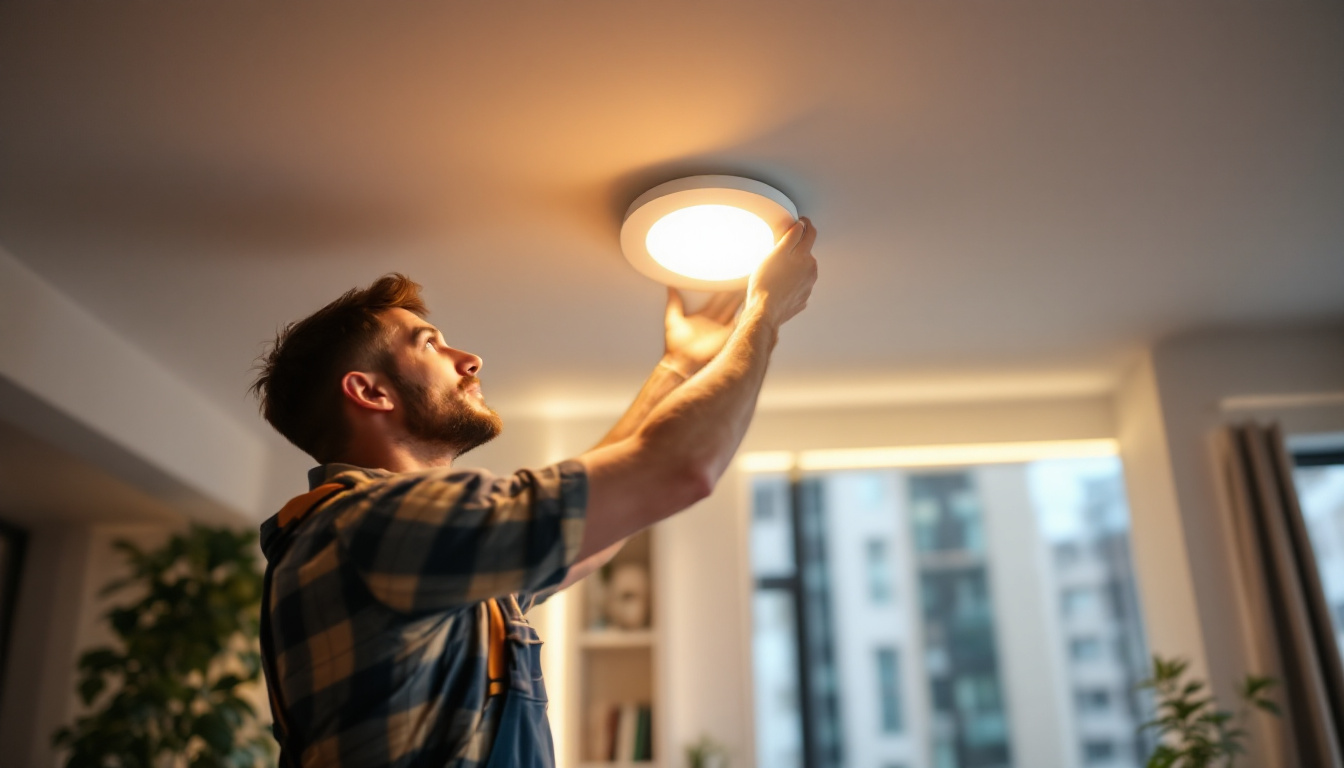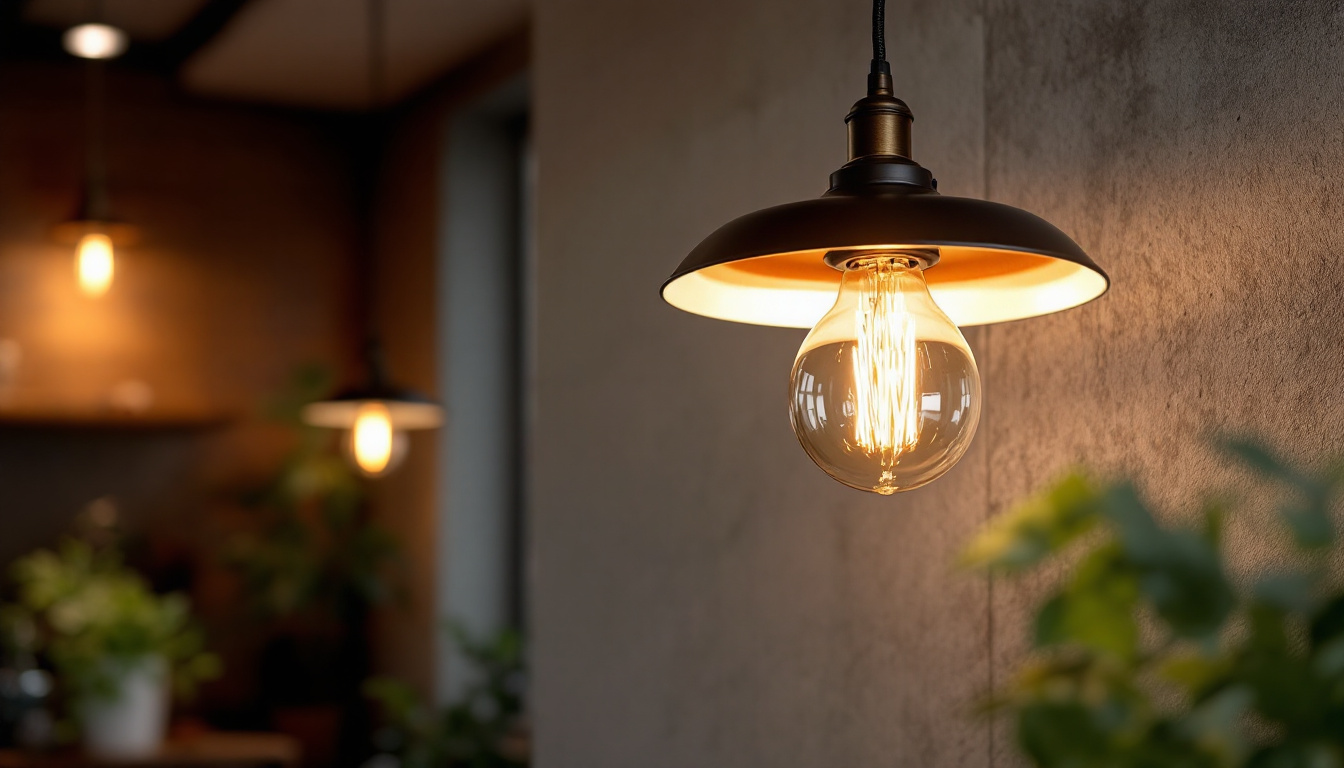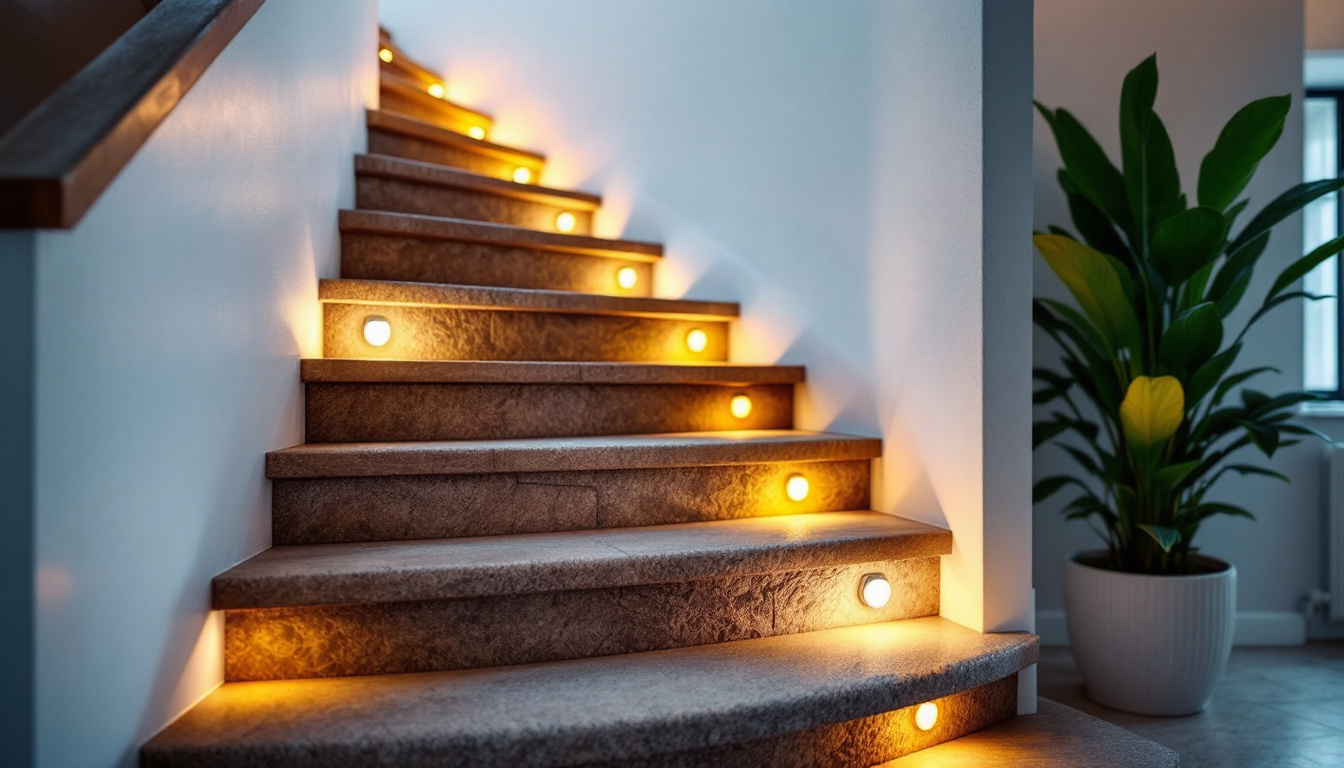
In the world of lighting design, recessed downlight fixtures have become a staple for both residential and commercial spaces. Their sleek, unobtrusive design offers a modern aesthetic while providing effective illumination. For lighting contractors, understanding the nuances of these fixtures can elevate the quality of installations and enhance customer satisfaction. This article delves into various hacks and tips that can streamline the process of working with recessed downlight fixtures, ultimately leading to smarter, more efficient installations.
Recessed downlight fixtures, often referred to as can lights or pot lights, are embedded into the ceiling, creating a clean, minimalist look. They are available in various sizes, shapes, and styles, making them versatile for different applications. However, their installation requires a good grasp of electrical principles, spatial awareness, and design aesthetics.
Before diving into installation hacks, it’s essential to familiarize oneself with the different components of recessed downlight fixtures. The housing, trim, and bulb type all play critical roles in determining the fixture’s performance and appearance. Understanding these elements can significantly impact the installation process and the final outcome.
There are several types of recessed downlight fixtures, each designed for specific applications. Some common types include:
Recessed downlights are used in various settings, from residential homes to commercial establishments. In residential spaces, they can illuminate kitchens, living rooms, and hallways, providing ambient lighting. In commercial settings, they are often used in offices, retail spaces, and galleries to create a professional and inviting atmosphere.
Understanding the specific application of recessed downlights can help contractors make informed decisions about fixture selection, placement, and installation techniques. For instance, in a kitchen, a combination of recessed lights and task lighting can enhance functionality while ensuring a warm and welcoming environment. Similarly, in retail spaces, strategically placed downlights can draw attention to merchandise and create a visually appealing shopping experience. The interplay of light and shadow can also be manipulated to enhance the architectural features of a room, making recessed downlights an essential tool in modern design.
Moreover, the choice of bulb type—whether LED, incandescent, or halogen—can further influence the ambiance and energy efficiency of the space. LED bulbs, for example, are increasingly popular due to their longevity and lower energy consumption, making them a sustainable choice for both residential and commercial applications. As technology advances, smart recessed downlights are also becoming available, allowing users to control brightness and color temperature via mobile apps or voice commands, adding a layer of convenience and customization to lighting design.
Installing recessed downlight fixtures can be a time-consuming task, but with the right hacks, contractors can streamline the process. Efficiency is key, especially when working on larger projects or tight deadlines.
Before any installation begins, thorough planning is essential. This includes measuring the ceiling space, determining the number of fixtures needed, and mapping out the layout. Using a laser level can help ensure that the fixtures are installed evenly and at the correct height.
Additionally, consider the type of lighting desired. For example, a warm white light might be ideal for residential settings, while a cooler tone may be more suitable for commercial spaces. Having a clear vision of the desired outcome will guide the installation process.
Creating a template can save time and ensure accuracy during installation. By cutting a template from cardboard or a similar material, contractors can easily mark the ceiling where each fixture will be installed. This method helps avoid mistakes that could lead to misaligned fixtures or unnecessary patchwork.
Moreover, templates can help visualize the final layout, allowing for adjustments before any cutting begins. This proactive approach minimizes the risk of costly errors and enhances overall project efficiency.
Incorporating technology into the installation process can significantly improve efficiency. For instance, using mobile apps designed for lighting professionals can help calculate the necessary lumen output, fixture spacing, and even energy consumption. These tools can provide valuable insights that guide fixture selection and placement.
Additionally, smart lighting solutions can be integrated into recessed downlight fixtures, offering clients enhanced control over their lighting environment. This not only adds value to the installation but also positions contractors as knowledgeable professionals in the ever-evolving lighting landscape.
While functionality is critical, aesthetics should not be overlooked. Recessed downlight fixtures can enhance the overall design of a space when installed thoughtfully. Here are some hacks to elevate both aesthetics and functionality.
The trim of a recessed downlight fixture plays a significant role in its appearance. There are various trim styles available, including baffle, reflector, and adjustable trims. Selecting the right trim can enhance the fixture’s visual appeal and improve light distribution.
For instance, a baffle trim can reduce glare and create a softer light, making it suitable for living spaces. In contrast, a reflector trim can provide a more focused beam, ideal for task lighting in kitchens or workspaces. Understanding the purpose of each trim style can help contractors make informed decisions that align with the client’s vision.
Layering different types of lighting can create depth and dimension in a space. Combining recessed downlights with other lighting sources, such as pendant lights or wall sconces, can enhance the overall ambiance. This technique is particularly effective in larger areas where a single type of lighting may not suffice.
Consider using recessed downlights to provide general illumination while incorporating accent lighting to highlight specific features. This layered approach not only improves functionality but also elevates the design aesthetic of the space.
Adjustable recessed downlight fixtures offer the flexibility to direct light where it is needed most. This feature is particularly beneficial in spaces with varying lighting needs, such as living rooms or galleries. By adjusting the beam angles, contractors can create focal points and highlight architectural details or artwork.
When installing adjustable fixtures, it’s essential to consider the intended use of the space. For example, directing light towards seating areas can create a cozy atmosphere, while focusing on artwork can draw attention to its details. This adaptability ensures that the lighting serves both functional and aesthetic purposes.
As technology continues to advance, smart lighting solutions have become increasingly popular among homeowners and businesses alike. Integrating smart technology into recessed downlight fixtures can offer numerous benefits, making installations more appealing to clients.
Smart lighting systems allow users to control their lighting remotely through smartphones or voice-activated devices. This convenience can enhance the user experience and provide energy-saving opportunities. For instance, clients can set schedules for their lights to turn on and off, ensuring that they are not wasting energy when spaces are unoccupied.
Moreover, smart lighting can be programmed to adjust based on natural light levels, creating a more dynamic and responsive lighting environment. This adaptability not only enhances comfort but also contributes to energy efficiency, making it an attractive option for environmentally conscious clients.
When installing smart recessed downlight fixtures, it’s crucial to ensure compatibility with existing home automation systems. Contractors should verify that the selected fixtures can seamlessly integrate with popular smart home platforms, such as Google Home or Amazon Alexa.
Additionally, proper wiring and connectivity are essential for optimal performance. Ensuring that the fixtures are correctly installed and configured will prevent potential issues down the line, enhancing the overall client experience.
Even the best installations may require maintenance or troubleshooting over time. Understanding common issues and their solutions can help contractors provide better service and support to clients.
Some common problems that may arise with recessed downlight fixtures include flickering lights, dimming, or complete outages. These issues can often be traced back to faulty wiring, incompatible bulbs, or even poor installation practices.
Contractors should educate clients on the importance of using compatible bulbs and ensuring that fixtures are properly wired. Providing guidance on troubleshooting can empower clients to address minor issues without needing to call for professional assistance.
Regular maintenance can prolong the life of recessed downlight fixtures and ensure optimal performance. Contractors can recommend simple maintenance tasks, such as cleaning the fixtures and checking for loose connections. Dust and debris can accumulate over time, affecting light output and efficiency.
Encouraging clients to perform routine checks can help identify potential issues early, preventing more significant problems down the line. This proactive approach not only enhances client satisfaction but also establishes contractors as trusted experts in their field.
Recessed downlight fixtures offer a versatile and modern lighting solution for various applications. For lighting contractors, mastering the installation and maintenance of these fixtures can lead to more efficient projects and satisfied clients. By understanding the nuances of recessed downlights, utilizing smart technology, and implementing effective installation hacks, contractors can elevate their services and stand out in a competitive market.
As the lighting industry continues to evolve, staying informed about the latest trends and technologies will be essential for success. Embracing innovation while maintaining a focus on quality and aesthetics will ensure that contractors can meet the diverse needs of their clients, paving the way for a brighter future in lighting design.
Ready to take your lighting projects to the next level? At LumenWholesale, we provide lighting contractors like you with the highest quality, spec-grade lighting products at prices that can’t be beaten. Say goodbye to local distributor markups and hello to our extensive selection that meets rigorous industry standards. With free shipping on bulk orders, you can stock up on reliable, high-performance lighting and enjoy the best value without any hidden fees. Elevate your service offerings with the unbeatable combination of quality, affordability, and convenience at LumenWholesale. Start transforming your lighting installations today by visiting Wholesale Lighting at the Best Value.

Discover essential tips and common pitfalls to avoid when working with MR16 LED lights in this comprehensive guide tailored for lighting contractors.

Discover inspiring real-world success stories of lighting contractors who transformed spaces with hanging lighting fixtures.

Discover essential insights into linear LED lighting that every lighting contractor needs to know.

Discover how staircase step light bulbs can revolutionize your lighting projects by enhancing safety, aesthetics, and energy efficiency.